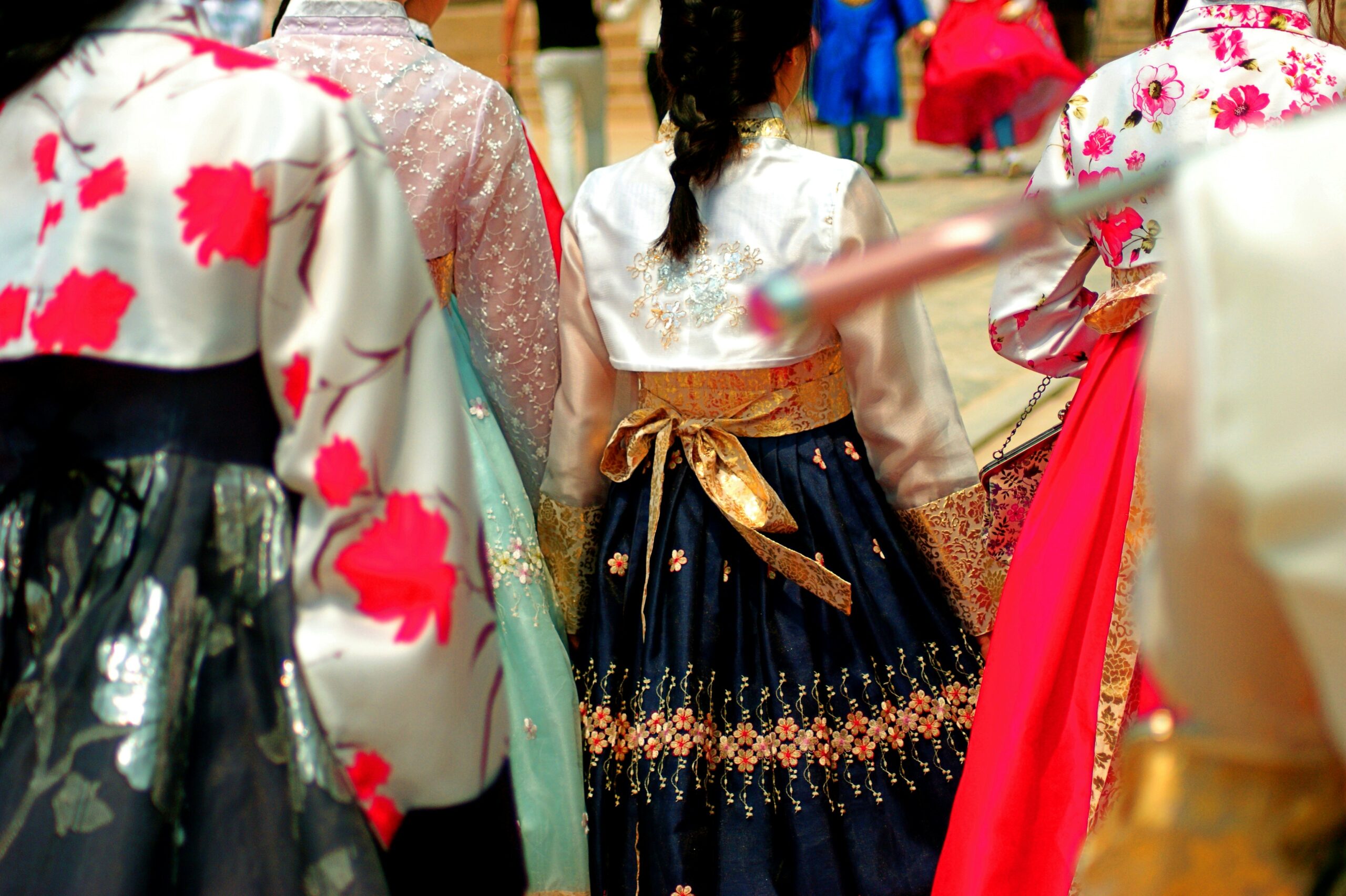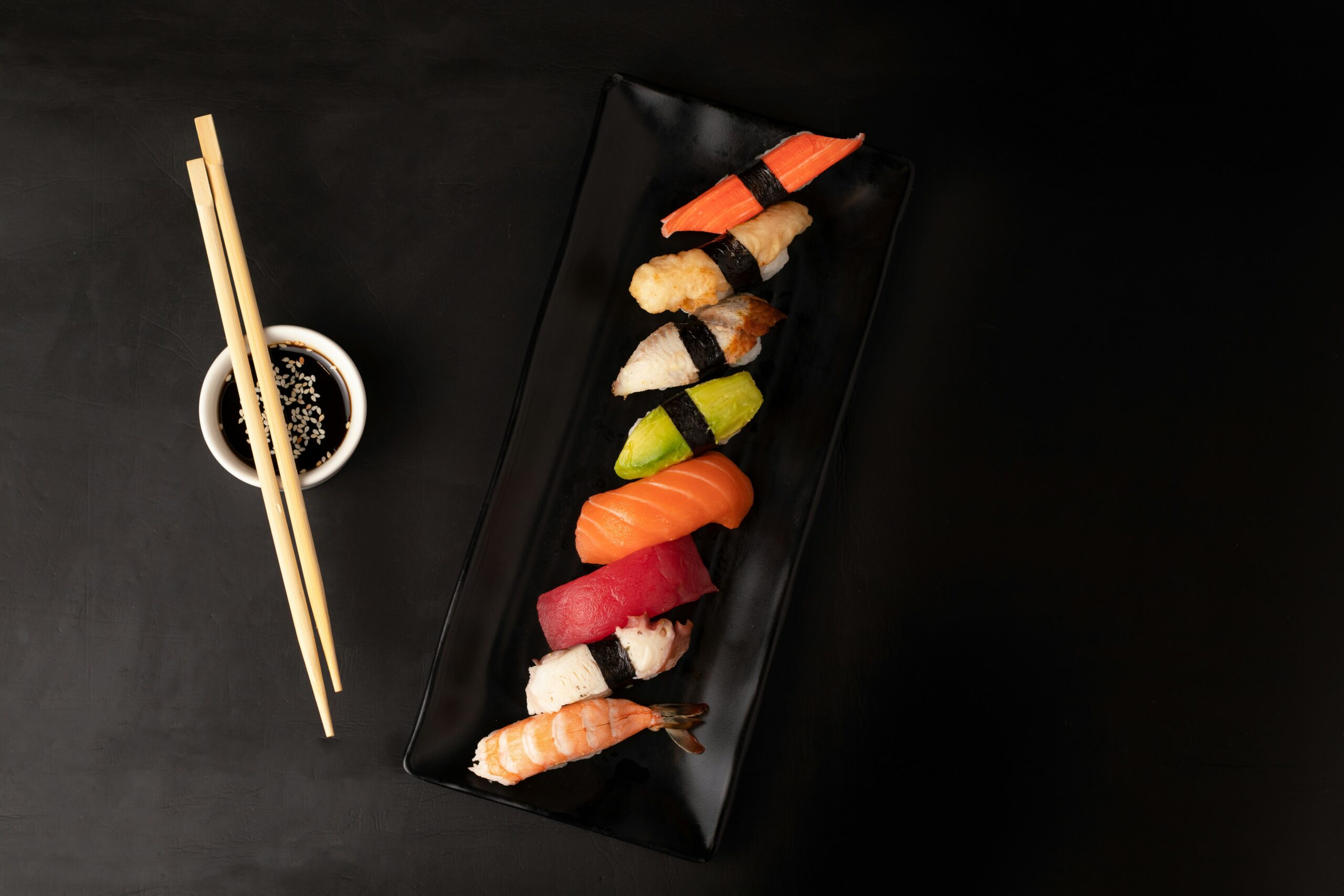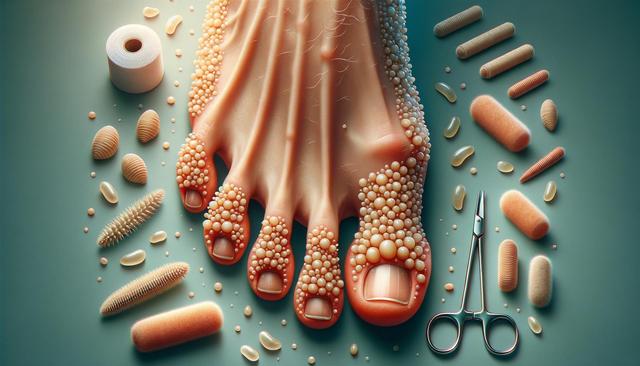What Are Toe Corns and Why Do They Form?
Toe corns are thickened areas of skin that develop due to repeated friction or pressure, often from ill-fitting shoes or abnormal walking patterns. These small bumps may seem harmless at first, but they can lead to significant discomfort—especially when located in sensitive areas such as between the toes or on weight-bearing parts of the foot. A pinky toe corn or a corn on inside of little toe can be especially painful because of the narrow space and constant rubbing against footwear. Corns are typically hard at the center with inflamed surrounding skin, and they can occur on any toe, though the big toe corn is also quite common due to its prominent role in walking and balance.
The primary causes of toe corns include:
- Wearing shoes that are too tight or have high heels
- Walking or standing for long periods
- Toe deformities like hammertoes or bunions
- Not wearing socks with shoes
Understanding why corns form is the first step toward preventing and treating them effectively. Addressing the root causes, such as shoe choice and foot hygiene, can significantly reduce your risk.
Common Areas Affected by Corns
Corns can appear on different parts of the foot, depending on pressure points and shoe fit. A corn between my toes or a foot corn between toes often forms due to toes being pressed tightly together in shoes with narrow toe boxes. These types of corns are known as soft corns because they remain moist and are more prone to infection. In contrast, hard corns typically develop on the outer surface of toes or the sole of the foot, often seen as a big toe corn or a pinky toe corn.
Here are a few common areas where corns tend to develop:
- Between the fourth and fifth toes
- On the top of the toes from shoe pressure
- On the ball of the foot due to excessive walking
- Along the inside edge of the little toe
Recognizing the location and type of corn can help in choosing the right treatment method. Some areas may respond well to cushioned pads or shoe inserts, while others may need more attention from a healthcare provider.
Treatment Options for Toe Corns
Fortunately, there are several ways to treat toe corns at home or with professional help. The treatment you choose depends on the severity and location of the corn. For example, a corn on inside of little toe may be addressed with protective padding, while a foot corn between toes may need softening treatments to reduce pain and friction.
Common treatment methods include:
- Soaking the feet in warm water to soften the corn
- Using a pumice stone to gently remove dead skin
- Applying moisturizing creams to keep skin supple
- Wearing toe separators or corn pads to reduce pressure
- Switching to properly fitting shoes with a wider toe box
In cases where corns persist or become painful, it’s advisable to consult a podiatrist. They may use trimming techniques or prescribe medicated pads containing salicylic acid to break down the thickened skin safely. Never attempt to cut corns on your own, as this can lead to infections, especially for those with diabetes or poor circulation.
Preventing Future Corns
Prevention plays a crucial role in managing toe corns. Once you’ve experienced the discomfort of a pinky toe corn or a corn between my toes, taking proactive steps to avoid recurrence is essential. Footwear is a major factor—tight or poorly constructed shoes can cause friction that leads to corn formation. Choosing the right shoes and maintaining good foot hygiene can go a long way in keeping your feet healthy.
To help prevent corns:
- Choose shoes with a roomy toe box and good arch support
- Rotate your footwear to reduce stress on specific areas
- Wear socks that cushion and protect the toes
- Use corn pads or toe sleeves if you are prone to corns
- Inspect your feet regularly for signs of pressure or irritation
Incorporating these habits into your daily routine can minimize the chances of developing new corns and enhance overall foot comfort.
When to Seek Professional Help
While many corns can be managed at home, there are situations where medical attention is necessary. A big toe corn that interferes with walking, or a foot corn between toes that shows signs of infection, such as redness or discharge, should be examined by a healthcare provider. People with underlying conditions like diabetes or peripheral vascular disease should be especially cautious, as even minor foot issues can lead to serious complications.
See a professional if you experience:
- Persistent or worsening pain
- Bleeding or open sores
- Signs of infection
- Difficulty walking or wearing shoes
Medical treatment may include professional debridement, custom orthotics, or addressing biomechanical issues that contribute to pressure points. Timely intervention can prevent further complications and help you return to normal activities without discomfort.
Conclusion: Caring for Your Toes Starts with Awareness
Toe corns might be small, but their impact on daily life can be significant. Whether you’re dealing with a corn between my toes, a corn on inside of little toe, or a painful pinky toe corn, understanding the causes and treatment options is the key to relief. By choosing appropriate footwear, maintaining good foot hygiene, and seeking help when needed, you can effectively manage and prevent these painful skin conditions. Taking care of your feet not only improves comfort but also supports your overall mobility and well-being.












